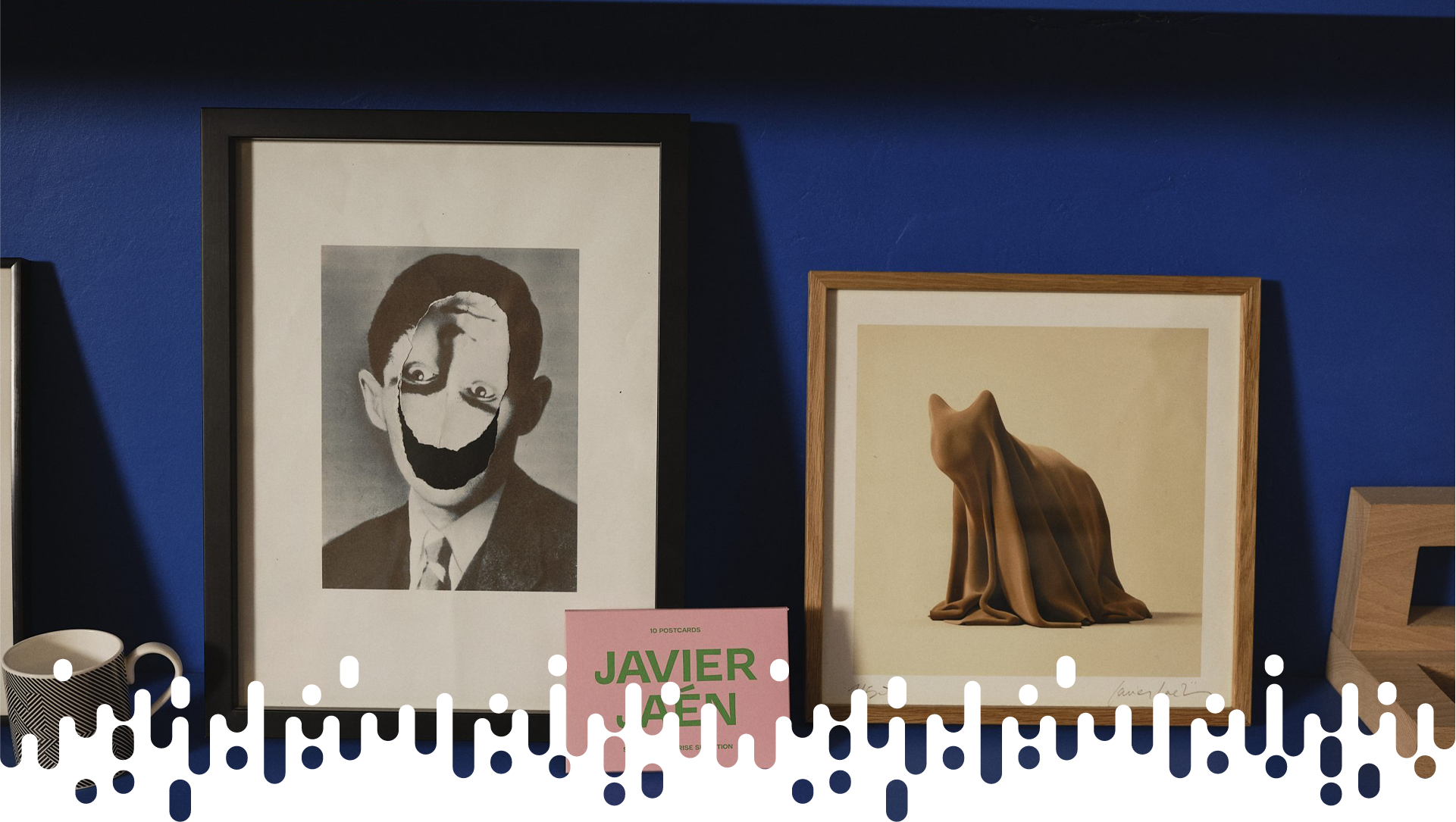
JAVIER JAEN
Barcelona-based Javier Jaén effortlessly transcends the boundary between graphic design and illustration, assuming the role of a translator of intricate concepts into compelling imagery. Infusing his work with a playful and vibrant language, he consistently aims to captivate and enliven our senses, whether it be through stimulating our eyes, engaging our intellect, or touching our hearts.
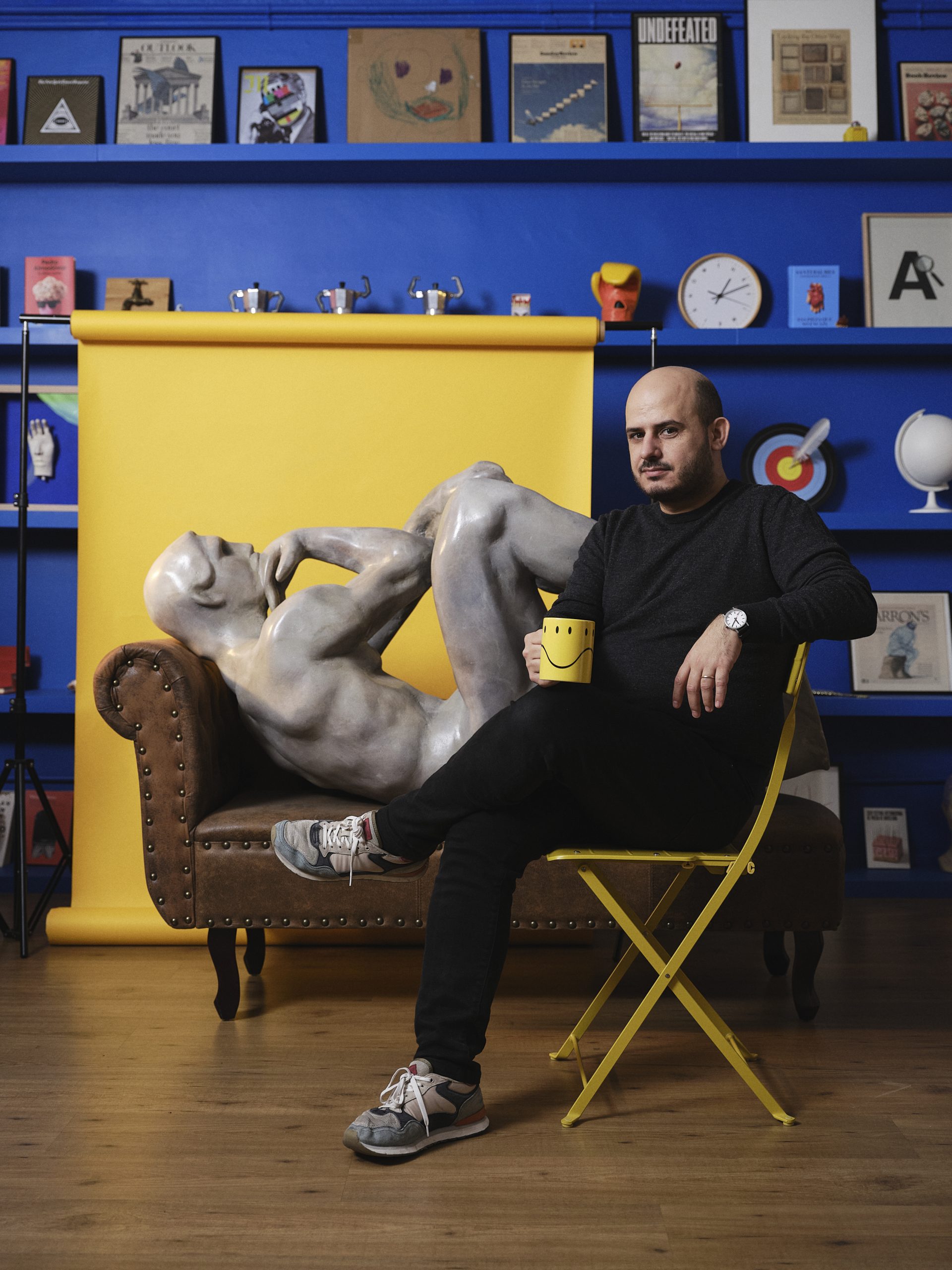
For Jaén, creative freedom is not merely a privilege but a responsibility. It’s about navigating the delicate balance between autonomy and accountability, embracing constraints as catalysts for innovation. From movie posters to book covers, press illustrations to commercials, his portfolio reflects the versatile craftsmanship of a tailor, constantly adapting and innovating to convey his client’s message effectively.
What follows is the inaugural capsule of “Studio Visit”, a series of videos where top-notch creative minds will open the doors of their workspaces to let us into their most personal side and imbue us with their extraordinary talent.
How would Javier Jaén define himself?
I work at that rare boundary between graphic design and illustration, but I actually feel more like a translator. I usually translate complex concepts into potentially simple images: a press illustration born from an article, the cover for a novel or a record, a movie poster… and so on.
To what extent is your language multidisciplinary?
The way projects end has more to do with ideas than with graphic resolution. In other words, it would have more to do with the skeleton than with the skin. My work resembles more that of a tailor than that of a painter who always has a similar style or way of doing things. It gives me a certain freedom to change that language, that last layer that formally ends up becoming different visual registers. The intention is always to seek complicity, for the ideas to be stimulating, whether graphically or conceptually; to tickle somewhere, sometimes in the eyes, other times in the stomach or in the brain.
What inspires you? Where do you find what ignites your spark?
I think we tend too often to romanticize, to respond with a long list of films from Northern Europe and some books that the fewer people know, the better. Of course, they are there, but the reality is that my work or my way of understanding the world is to be with pores open all the time. Everything that’s happening somehow influences the work: from that latest great book to the last silly thing I received on WhatsApp, the memes.
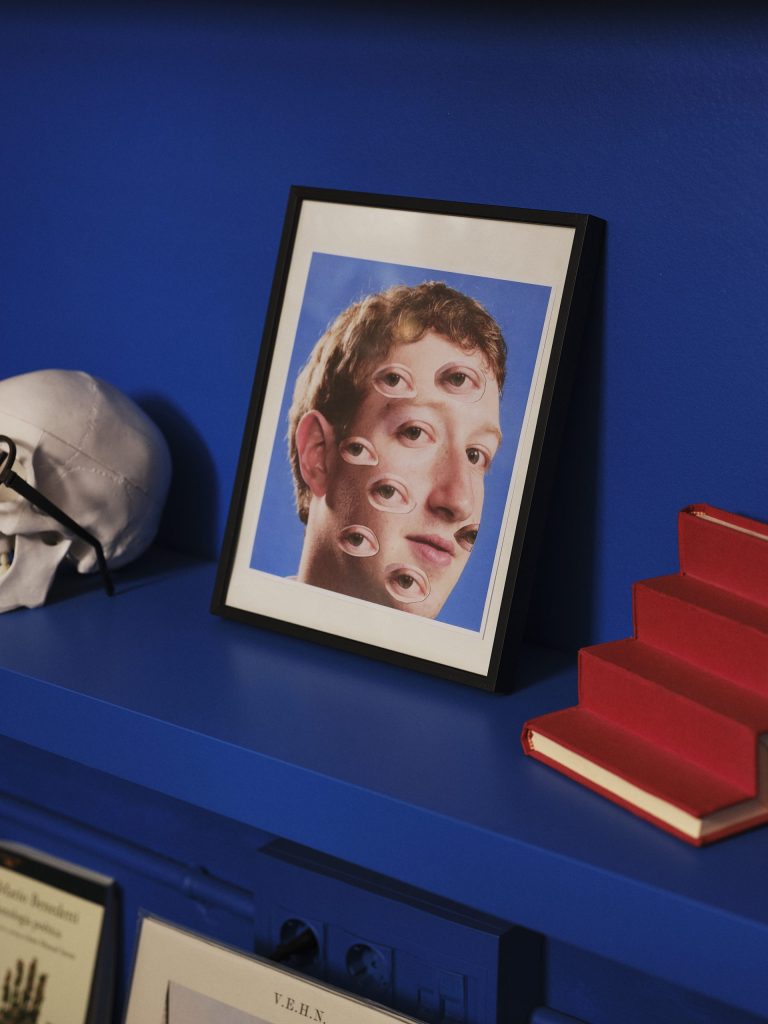
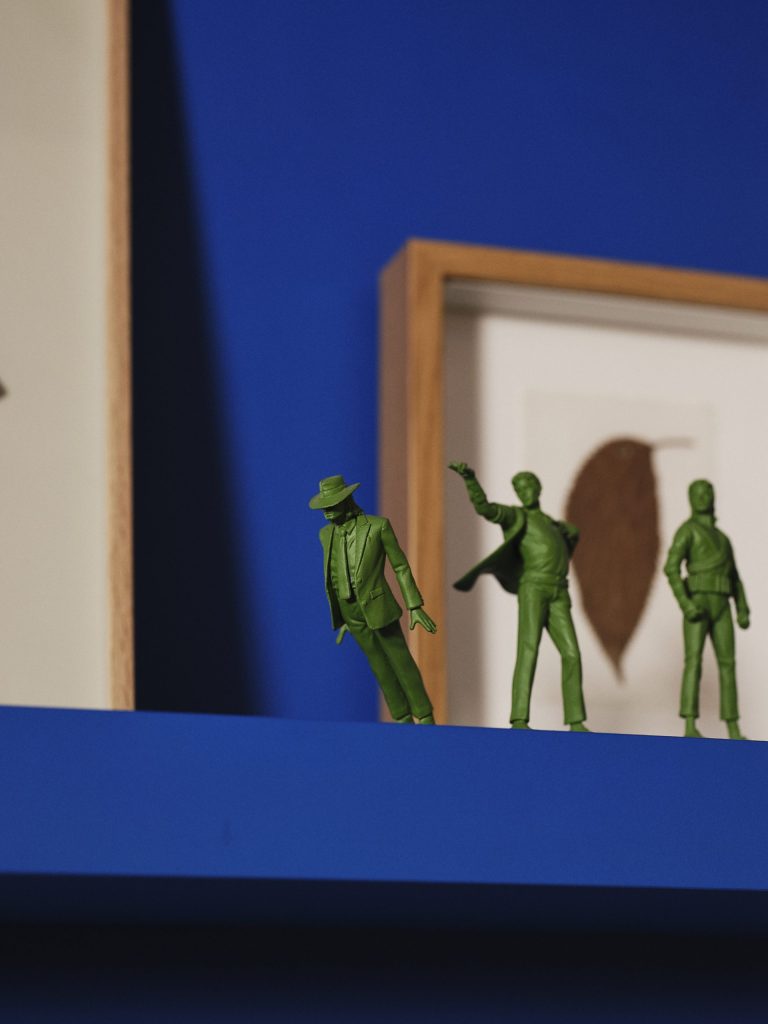
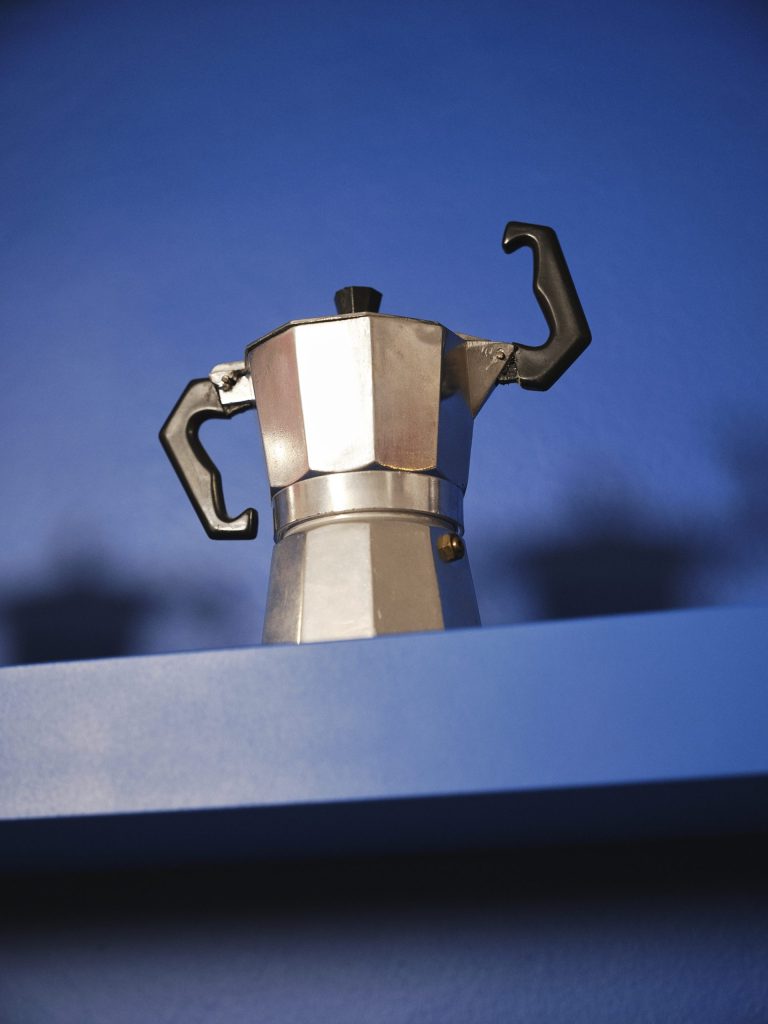
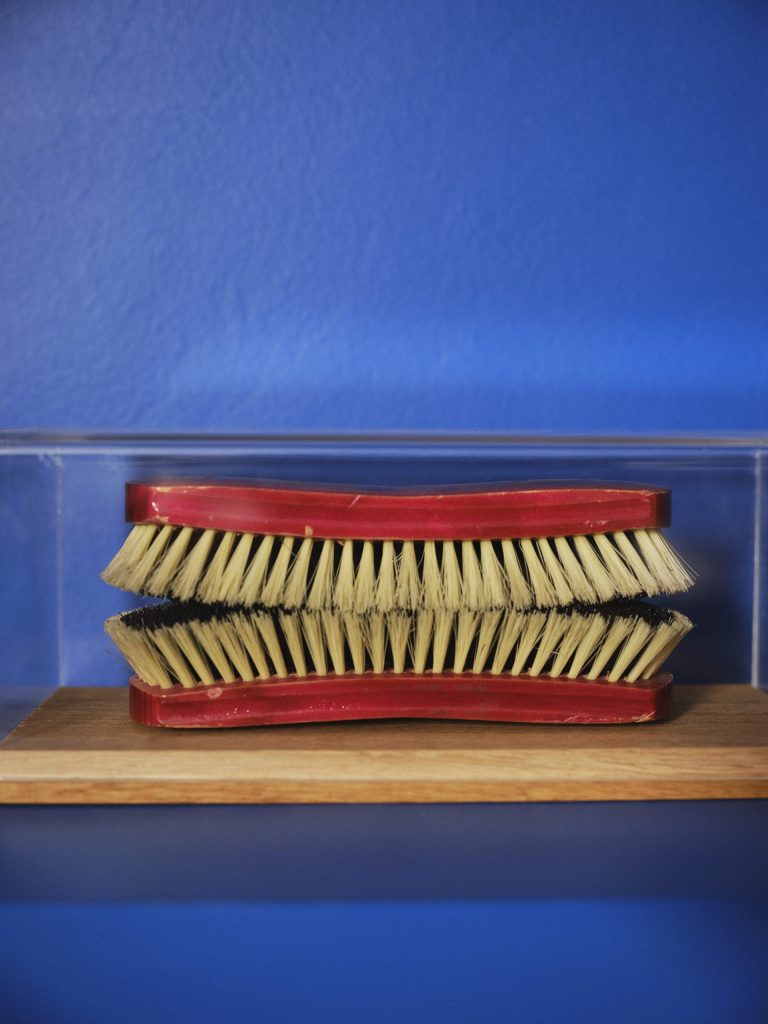
Today you open the doors of your studio to us. How much does it tell us about you?
I suppose the workspace is almost like a sock that we’ve turned inside out and everything that we have inside comes out. It is particularly noticeable when it’s messy. That strange relationship between mental order and spatial order surely happens to you as well. But today, since I knew you were coming, I have tidied up a bit.
How has this space evolved over time?
According to needs, types of projects, team. I started working alone, then for many years with one person, and now we are three. That has also shaped a bit the things that happen here. Ideally, I would like more things to happen. I have always aimed for it to be a very versatile space, allowing anything that I imagine to be possible.
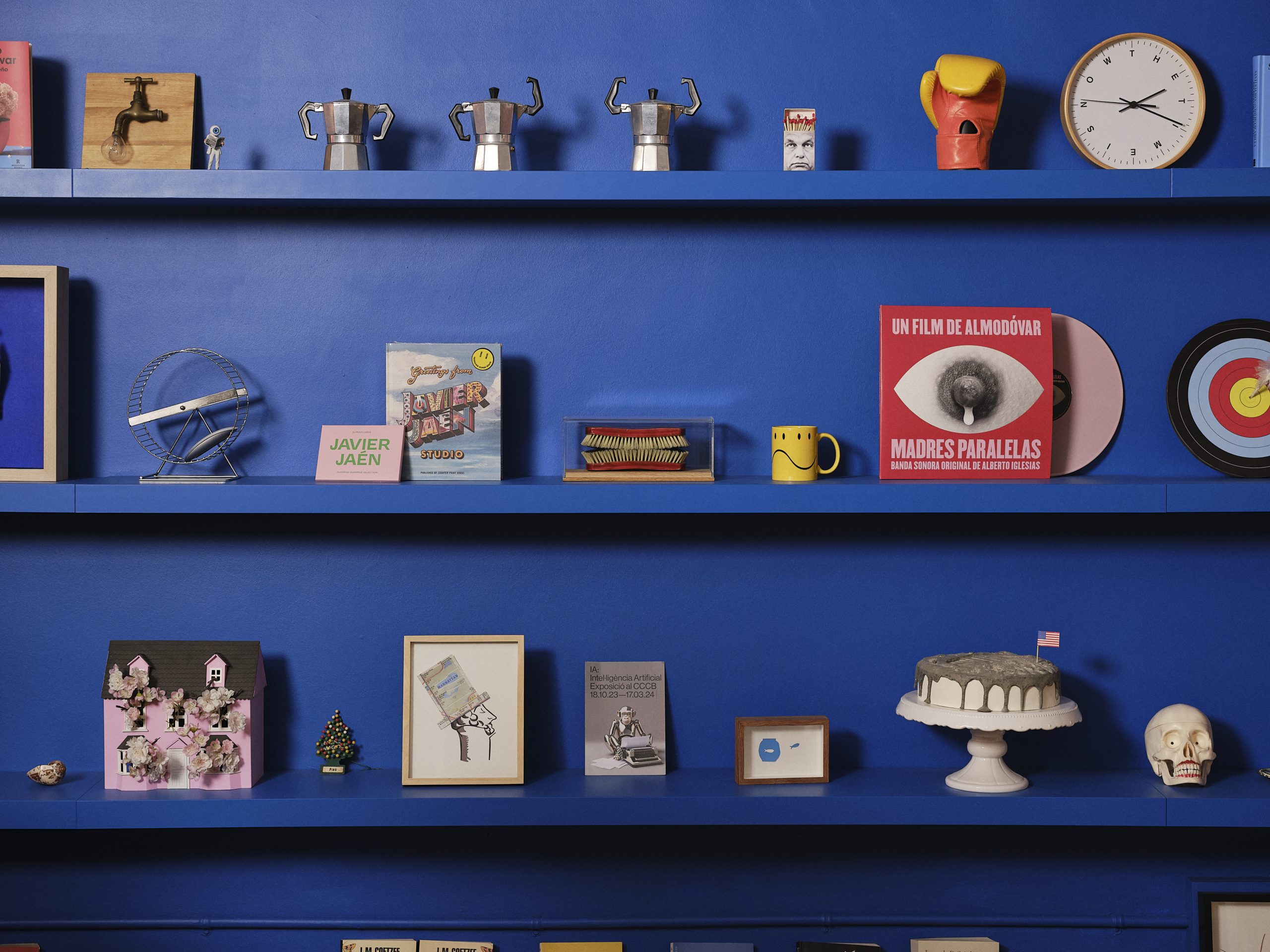
Your most personal project?
Due to the nature of my work, my projects are generally very fast, so falling in love often has more to do with the process, with the client, with a long relationship rather than with an image, which is what crystallizes. But I’m reminded of a cover for an issue of the New York Times Book Review where they talked about family. The mother of that family is mine and, according to the image, she’s a tree, formed by friends, family, people from my environment, from when we were young. I’m also hidden somewhere.
What role does unconditional creative freedom play in your creative process?
Freedom in my field is one of those peculiar words because while total freedom may seem like a good friend, for me, the ideal is conditional: you do have certain points to answer to, almost like the skier who has to navigate certain points. For me, part of the enjoyment is that dance. I do what I want, but at the same time what needs to be done.
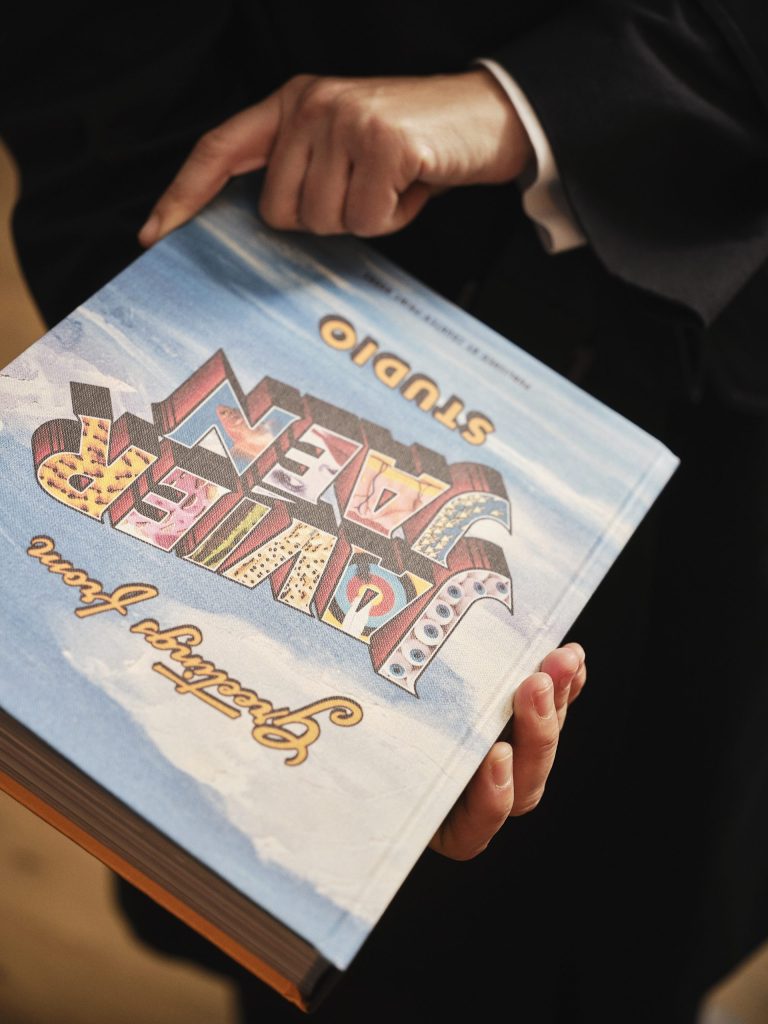
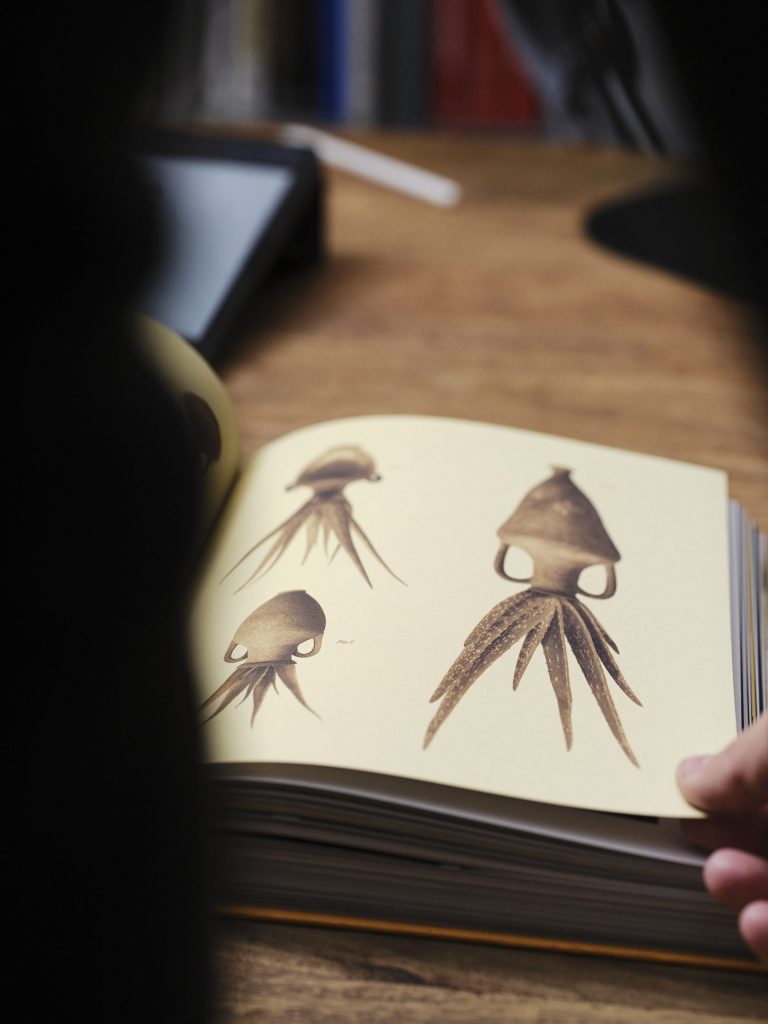
How do you actively engage with current themes and trends in your work?
One of the main clients I’ve always had has been media outlets, which has kept me in touch with current events for the past 15 or 20 years, especially with opinion articles. It’s a luxury to be able to gauge the sensitivities that have been changing so much in recent years, and it’s also a brutal responsibility to contribute with your work to that change politically, socially, emotionally. Having the opportunity to participate in that public debate is a luxury.
What is your vision for the future of your art and how do you think it can impact the creative scene?
Among the many things in the studio, there isn’t yet a crystal ball, and I have no idea how the future will evolve. Apparently, the tools are changing a lot, and it would be absurd to think that this won’t affect many other things. But if I try to be optimistic, which I will today, all these tools are telling us that ideas are important. Execution will clearly be immediate and wonderful, and machines will play chess better. But we still play chess. They will sing better than us, but we still sing. They will write better than us, but we will still write. The challenge is that the questions are beginning to be more important questions: what do those images tell us? What do those texts tell us? That’s where I believe we can contribute something.
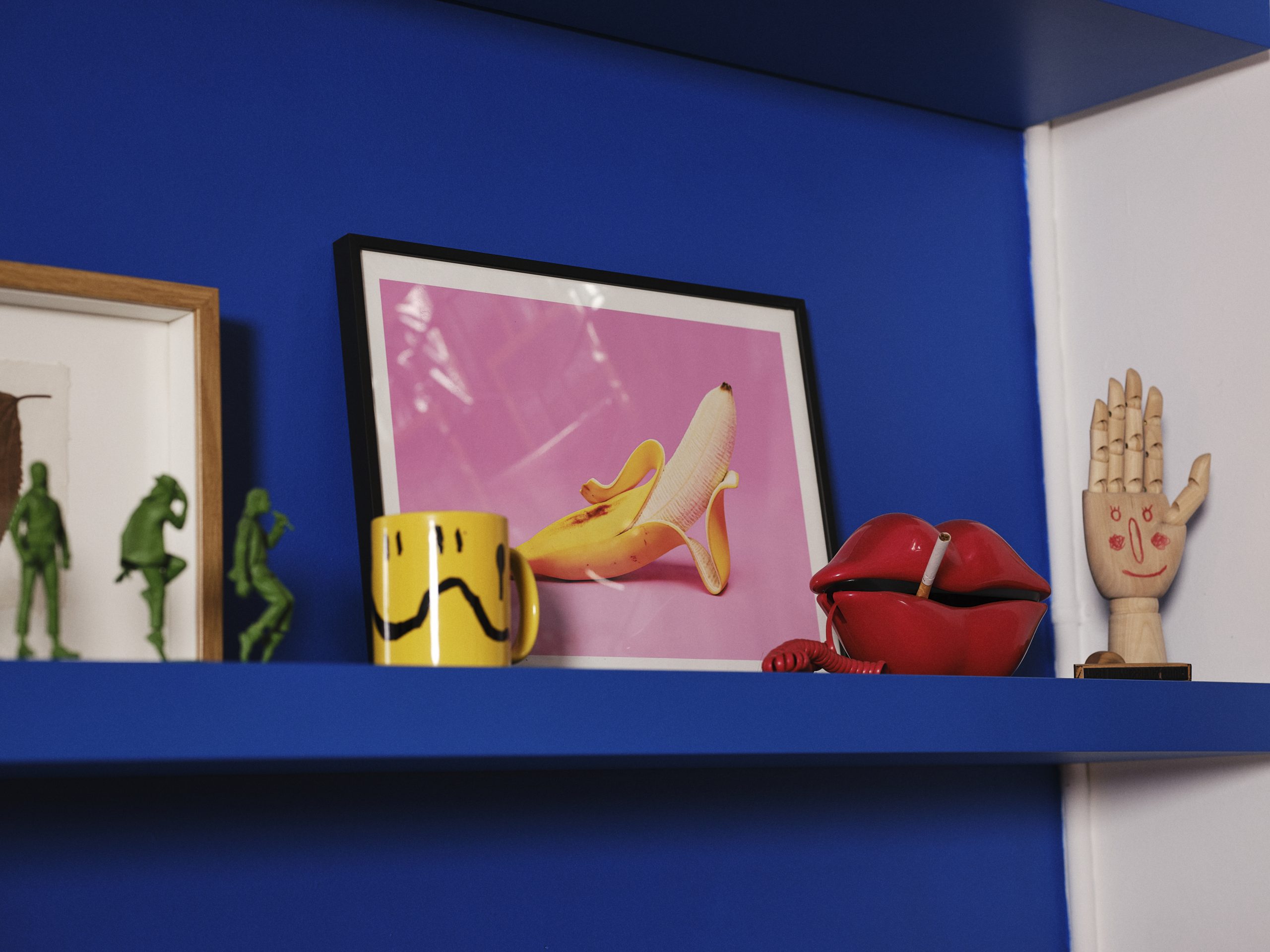

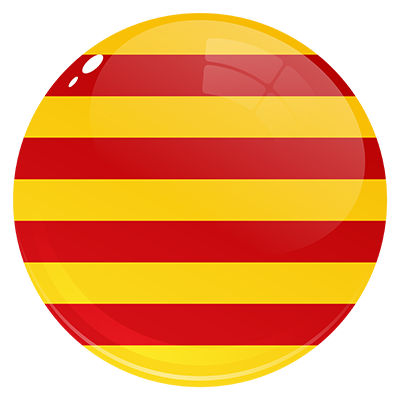 CA
CA
 ES
ES